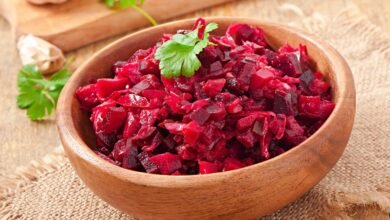Why Choose Fast Food near me for Your Next Meal?

In today’s fast-paced world, convenience is king—and nothing represents that better than fast food near me. Whether you’re in a hurry during your lunch break, grabbing a late-night snack, or just craving something quick and satisfying, finding “fast food near me” has become a common and essential search. With smartphones and delivery apps at our fingertips, locating fast food has never been easier. But while speed and accessibility are key, the modern fast-food landscape offers much more—diverse cuisines, healthier options, and even gourmet twists on classic favorites.
1. The Rise of Local Fast Food Chains
While global giants like McDonald’s and KFC dominate the industry, many local fast food chains are making waves with unique offerings tailored to regional tastes. These smaller establishments often bring cultural authenticity to the table, offering everything from spicy street tacos and halal burgers to vegan falafel wraps. As consumer preferences evolve, people are becoming more adventurous in their food choices, creating a market where local fast food outlets can thrive. These places not only provide variety but also create a stronger connection to the community through homegrown flavors and personalized customer service.
2. Convenience Through Technology
The fast food industry has rapidly adapted to the digital age. With mobile apps, food delivery platforms, and location-based searches, customers can find and order meals in seconds. Searching “fast food near me” pulls up real-time options based on your GPS location, complete with reviews, wait times, and even drive-thru availability. Technology has not only made more accessible but also more transparent, allowing users to compare prices, check nutritional information, and track delivery in real-time. This convenience factor is a major reason why the demand for fast food continues to grow year after year.
3. Healthier Options Are Changing the Game
Gone are the days when fast food meant only greasy burgers and fries. Today, many fast food chains are responding to health-conscious consumers by adding low-calorie, vegetarian, and even keto-friendly items to their menus. Salads, grilled proteins, fresh juices, and plant-based alternatives are now widely available. As public awareness of nutrition and well-being increases, providers are compelled to innovate while maintaining the speed and taste that customers expect. This shift reflects a growing desire for balance—people still want convenience, but not at the expense of their health.
4. Budget-Friendly Choices for Every Wallet
Affordability has always been a key appeal of fast food near me and in times of economic uncertainty, it’s even more relevant. Many restaurants offer value menus, combo deals, and daily specials that allow individuals and families to eat out without breaking the bank. Whether you’re a student on a tight budget or a parent looking to feed a group, there’s almost always a cost-effective option available. Additionally, loyalty programs and mobile app discounts make it even easier to save, adding extra value to an already inexpensive dining experience.
5. The Importance of Reviews and Recommendations
Before choosing where to eat, most people today check online reviews, star ratings, and social media feedback. When searching for “fast food near me,” platforms like Google Maps, Yelp, and TripAdvisor offer insights into customer satisfaction, quality, and service speed. This user-generated content helps steer you toward the best local spots while avoiding subpar experiences. In fact, a highly rated joint—whether it’s a hidden gem or a popular chain location—can turn a quick meal into a memorable experience. Trusting community feedback is now a fundamental part of the fast food search process.




